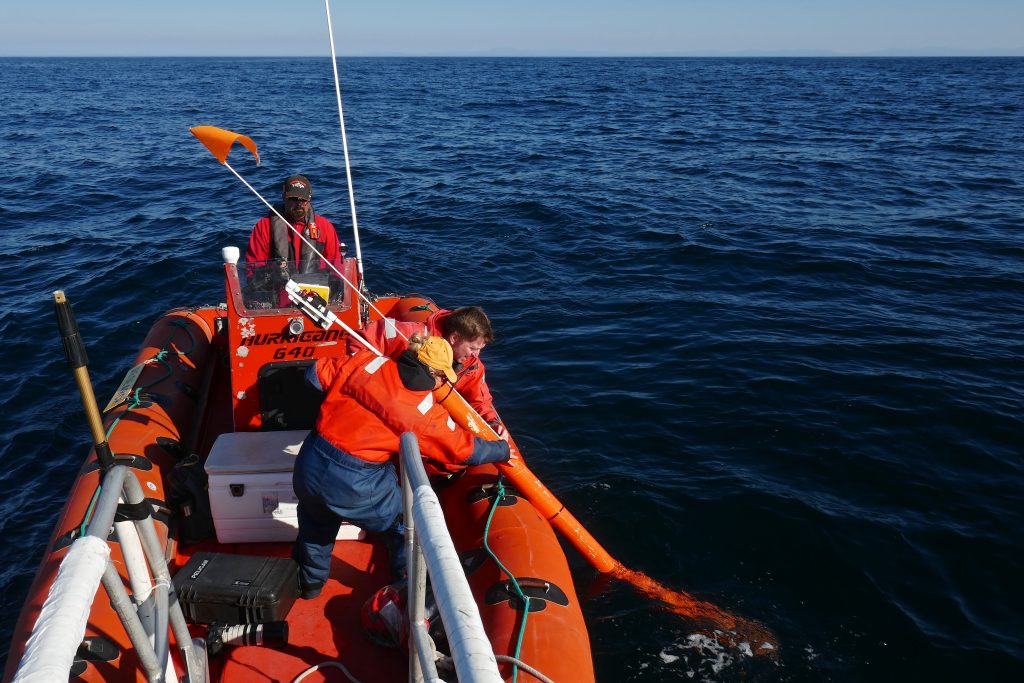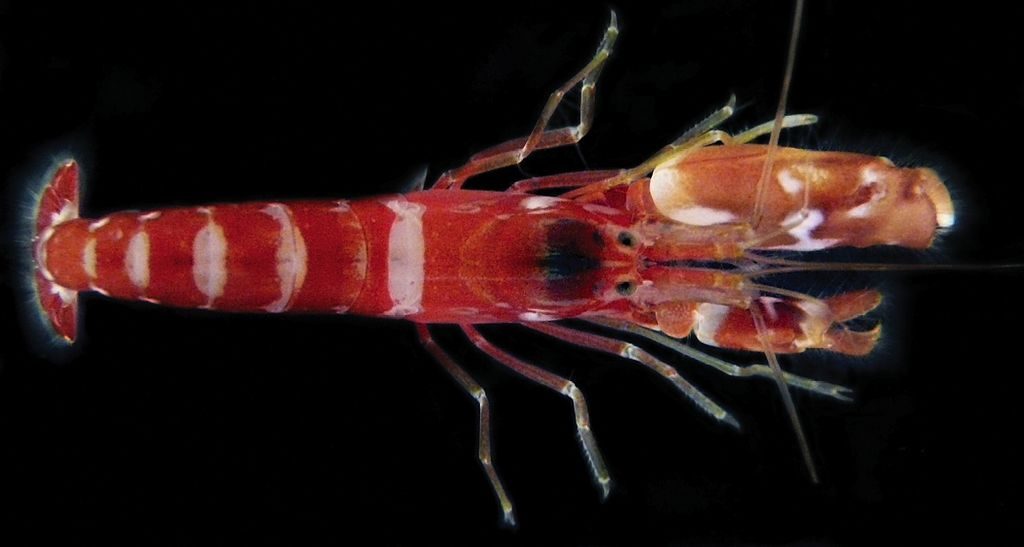Acoustics
22-Storied careers: Ocean sensors and dog scenters
Tommy Dickey is an emeritus oceanographer from U.C. Santa Barbara and Naval Operations Chair in Ocean Sciences. His modeling and observational research yielded ocean monitoring technologies and tools. For retirement, Tommy trains and deploys Great Pyrenees as therapy dogs, while studying scent dogs’ capacity to detect COVID-19.
Read MoreSongs of the Arches (with Helicopters)
The wind that carved the sandstone of Arches National Park into spectacular arches and towers also plucks them, like giant guitar strings, making them ring at low frequencies. Geoscientist Riley Finnegan and her colleagues in the Geohazards research group at the University of Utah are recording these arch songs in the Park and around Utah with seismometers, the same basic technology geologists use to listen for earthquakes, to learn their characteristic vibration frequencies—and how human noise affects them.
Read MoreE21 – X-rays of the Earth’s Gooey Center
Much like x-rays can show broken bones (or noses), seismic equipment can show us what’s going on in Earth’s interior. While seismologists can’t take quick snapshots like medical doctors can, they can provide an image of tectonic plate movements over time to help the scientific community – and local communities – understand geophysical phenomena from mountain formations to volcanoes to the earthquakes that rock their world.
Read MoreE19 – Eavesdropping on the Ocean
To those of us on land, the world underneath the oceans seems quiet and serene. But scientists who study ocean acoustics will tell you it is anything but tranquil underwater. Our oceans are home to a cacophony of sounds – from the songs of marine mammals to the cracking of icebergs to the rumbling of earthquakes to the roar of ships.
Read MoreE16 – Gunslingers of the Sea
Snapping shrimp are small but mighty creatures: they’re only a few inches long but are among the noisiest animals in the ocean. The loud cracking noise they make when snapping their claws sounds almost like a gunshot, and when enough shrimp snap at once, the din can be louder than the roar of a passenger jet flying overhead.
Read More



